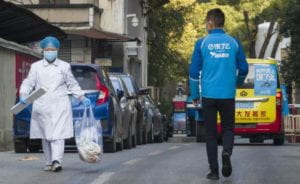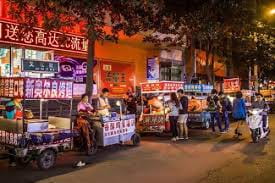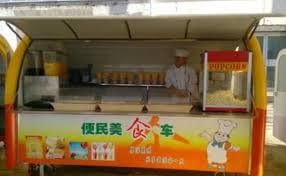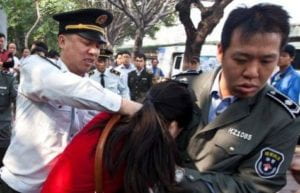Bratton considers that the artificial intelligence is defined by its ability to act upon its world and its ability to act is construed by what and how it can sense that world and itself within it. Food delivery as a new urban infrastructure has to sense the city and act upon it. How to make the food delivery guys work more efficiently through technical means is the key problem.
With a large amount of food delivery guys, they could act as the sensor of the whole city. Like the driverless cars, the delivery guys would provide the data like their driving speed, order, their workload, rider status to the system to find out how to allocate the right work to the right food delivery guy in the most efficient way.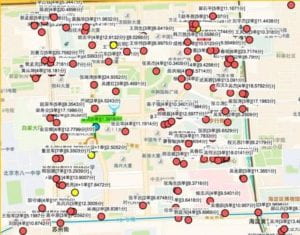
However, the sensing and the thinking systems are located not only just in the valuable subjects and objects rolling around but also are built into the fabric of the city in various mosaics. Because how a sentient city thinks is inextricable from how a sentient city senses. The length of time that merchants give out meals is related to categories, time periods of the day, weather, and other factors. The time of delivery is also hard to predict since it would relate to which floor the user is on, whether it is in the midday rush hour, whether there is an elevator, etc.
The platforms are not able to perfect the sensing system with the real-time sensor, instead, they tried hard in perfecting their thinking system to make themselves telepathists. They tried to use machine learning tools to make use of the historical data of the arrival of riders to the store, the time for waiting for meals and fetching meals and take full account of the influence of external factors such as weather. They built a prediction model that comprehensively reflects the meal capacity, and modify the characteristics of the real-time dimension to obtain accurate meal delivery time estimation. Though there would not be real-time data that is more accurate, there would be a large database for the model to act like the telepathist to allocate the work efficiently. In the case of Meituan, it has established the self-learning mechanism of the scheduling model and constantly adjusted the relevant parameters in the estimation model according to the estimation deviation, which acts as a telepathic filter. Through this work, it used the scheduling model to estimate the delivery behaviors of the riders (time of meal picking and delivery). The average deviation was less than 4 minutes, and the confidence rate of 10 minutes reached more than 90%, which effectively improved the delivery effect and user satisfaction.
Although a completely accurate reading of the city is impossible, we could still map the sensing we have to make the city work with more efficiency.
